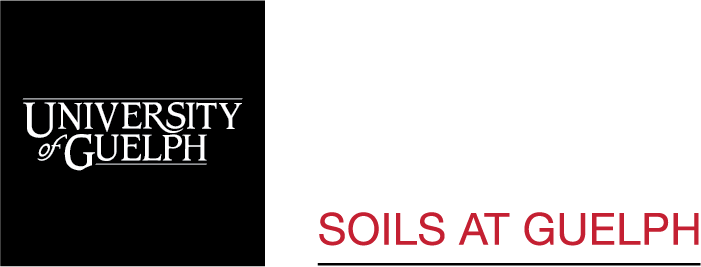SHAP Ground-Truthing Project
Populating the soil health database to enhance Ontario’s capacity for soil health assessment and interpretation
Background
OMAFRA released the Soil Health Assessment and Plan (SHAP) tool for use. SHAP is a mobile- or web-app based tool, created to assess field practices and is paired with lab analysis of soil health indicators.
With your help, the Soils At Guelph SHAP Ground-Truthing Project will help to populate the SHAP database with more agricultural soils from across Ontario. This is critically important to building scoring functions to compare individual samples to other soils. We aim to refine scoring functions based on texture.
The Project uses a smaller number of SHAP questions to complete the tool, but all the soil Best Management Practices are covered.
Please email soils@uoguelph.ca to participate in this project along with your name, county, and the number of fields you’d like to sample.
FREE SHAP analysis:
organic matter (OM)
aggregate stability active carbon (POXc)
respiration (96-hr carbon mineralization CO2)
potentially mineralizable nitrogen (PMN)
FREE Soil Texture analysis: (% sand, silt, clay)
FREE Standard Fertility Package:
(pH, CEC, P, K, Ca, Mg) AND
carbon (inorganic, organic and total) and total nitrogen
This is an abbreviated SHAP Tool as part of a project by Soils At Guelph with the goal of building the SHAP database with Ontario soil samples. No personal information (e.g. landowner names, addresses) is being collected. Any production information (e.g. questions on cropping rotations, tillage methods) is being collected in accordance with the requirements of the Freedom of Information and Protection of Privacy Act for the purposes of this project. The information obtained will be anonymized, and may be made available to collaborating organizations, such as University, GBF, EFAO, OSN, OSCIA, OMAFRA, and AAFC, and only for specific soil-related research. By participating in this project, you acknowledge that Soils At Guelph is collecting the data for this purpose and provide your consent.
Once you’ve successfully registered with soils@uoguelph.ca, its as easy as 1 -2 -3 -4:
- Complete SHAP Management Tool
- Complete SHAP IN Field Tool
- Take a Point Sample
- Send to Lab
This has a $200+ value.
You will be part of building a soil health tool for #OntAg backed by real Ontario data! This is a first-come-first-serve offer with limited number of samples in 2023 to 2025.
The first step in choosing a location is determining your Soil Health Goal. This can be done with grower and advisors together. Common goals include:
- Setting a benchmark to compare future assessments for identifying trends
- Understanding the most important limitations and risks to the soil’s productivity
- Comparing good and poor areas of a field
If you are choosing a location based on benchmarking or comparison, collect a sample from a point from within the area in question. If good data exists for the field (e.g. yield index maps, soil property maps) or if reliable management zones have been established, this information can guide the selection of a sampling location(s) within the field.
This guide provides more detailed information about defining a soil health goal and choosing a sample location. Additional information can be found in OMAFRA’s Detailed Guidebook.
All sample submissions must be accompanied by a completed submission form. The form and necessary details will be sent to your email once you’ve submitted the SHAP Soil Management Tool (Step 1) and SHAP In-field Tool (Step 2).
Completed forms will include:
- Your unique sample ID (emailed to you after completing Step 1)
- The project quote # (emailed to you after completing step 2)
- That you’d like a “Soils At Guelph SHAP Ground Truthing Project Test”
Ship samples to: Agriculture and Food Laboratory, Univ Guelph, 95 Stone Rd W, Guelph, ON N1G 2Z4. Or drop-off Monday to Friday 8am to 5pm or Saturday, 9:30am to 1:30pm
Agriculture & Food Laboratory will email the lab results “SHAPPROJECT” directly to the email provided on the lab submission form.
Note that soil health testing is intensive. Our project is helping to develop capacity in the province to process the analysis. Results may take longer than usual to process.
You and Soils At Guelph will receive results directly from the lab. Soils At Guelph will send you an additional report by email in the spring of the subsequent year that assigns Soil Health Scores to your lab results, helping you to interpret the lab results.
Aggregated results from across the province will be available in early 2025 by Soils At Guelph team, and all results will support our efforts to build the soil database with Ontario data.
Our Ground Truthing project is helping to support OMAFRA’s SHAP Tool by helping to build the database with Ontario Soils.
More information on OMAFRA’s SHAP initiative is available through their Field Crop News.
Do you have a question? Maybe someone has asked your question already. See the list below for a series of common questions.
A8) It was sent to you automatically when you completed Step 2 (SHAP-Infield Data Collection Form). It is a 6-digit alpha-numeric code. The email comes from microsoft@powerapps.com.


Fall planted cover crops
This Project received generous funding from:
Weston Family Foundation through the Weston Family Soil Health Initiative

